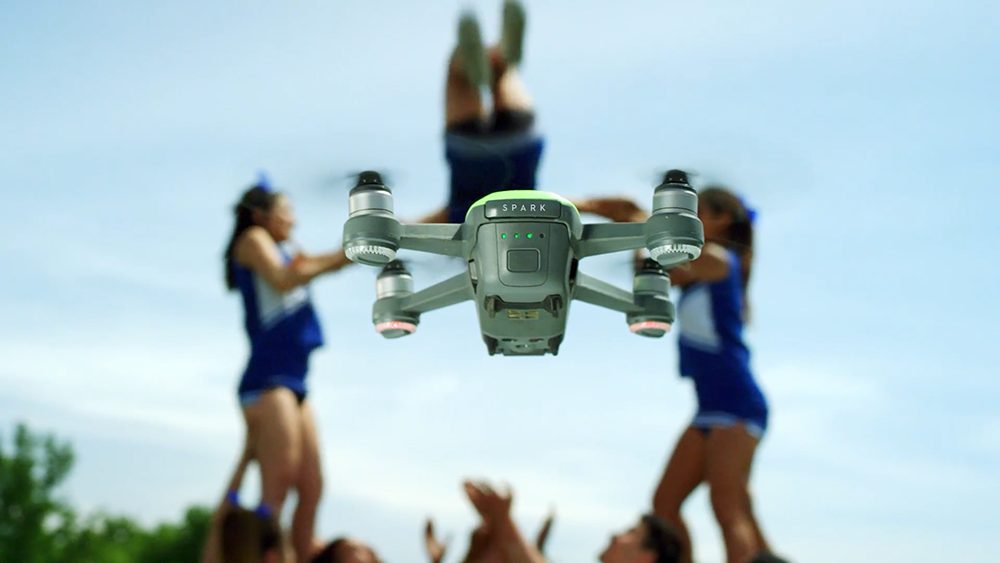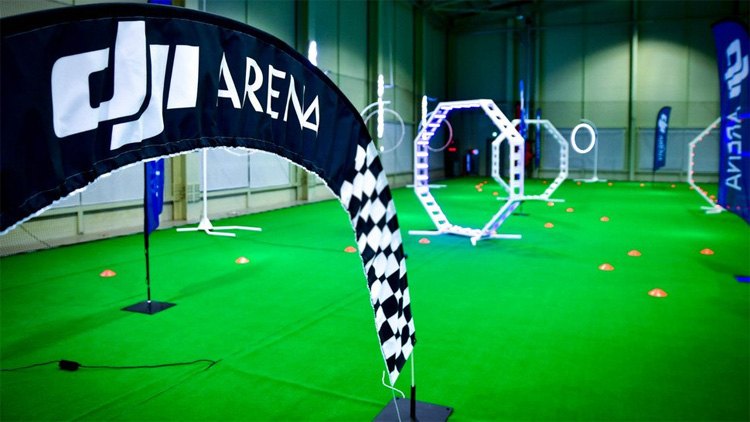Quick Beginner’s Guide to Modding A Racing Drone

Racing drones -- also known as FPV (first-person view) quadcopters -- drop high-definition cameras and bulky bodies for smaller, lightweight carbon frames and custom propellers, effectively trading in high quality production for speed and thrust.
There are some quality out-of-the-box FPV drones on the market. But factory-fresh drones rarely cross finish lines first in competitions. That’s because race pilots are constantly tweaking and trying out configurations of different hardware and software to give them an edge over the competition.
This is especially true in Australia, where drone racing has exploded. In just a few years, racing drones have zipped out of underground, abandoned warehouses into the limelight of race tracks on the Gold Coast. The sport, which Darren Kellett of DRONEXLABS dubs the “new Formula One”, is quickly becoming one of the country’s most exciting emergent sports.
Ready-to-fly racing drones are great for rookie pilots just starting out their training in their own backyard, but those looking to seriously compete will eventually graduate to racing drone kits, modding, and custom builds.

Here’s a quick guide to the skill sets, tools, and parts you’ll need for pilots who are ready to move from production and ready-to-fly drones to the more advanced world of modding.
Skill sets you’ll need:
- Soldering: Soldering is a crucial skill for any hobby or project that involves building objects from scratch and electronics. Basically, it’s the process of linking metal parts together by melting and joining a conducive alloy called a “solder” between the two. In building racing drone mods, this allows you to further customize the abilities of your build.
- Wiring: When you receive your first racing kit in the mail, the first thing you might notice is the sheer number of components, all with different colored wires snaking through each part. While the visual may be overwhelming for some, wiring your typical FPV racing drone is a matter of familiarizing yourself with a few key parts. Most of your wiring work will concentrate on connecting three components together: the camera, video transmitter, and battery.
Basic items you need in your tool box:
- Soldering iron
- Multimeter
- Screwdrivers and wrenches
- Wire cutters
- Pliers
- Tweezers
- Electrical tape
- Hot glue gun
Crucial parts you can mix and match:
- FPV camera: Besides speed, the first person viewpoint separates the experience of flying racing drones from production drones. Pilots will need to follow different criteria for choosing the right FPV camera. Action cameras like the GoPro generally don’t work well with FPV drones because of latency issues. The average latency for good FPV racing drones is at 40 milliseconds or lower, while action cameras typically have a latency of 100 milliseconds or higher.
- Propellers: These are the basic components that keep your racing drone in the sky. A propeller’s length and size affects the speed and maneuverability of your racing drone. Larger propellers give your drone more thrust, but at the expense of responsiveness and handling. Smaller propellers allow a drone to make more minute maneuvers, such as taking sharp corners or changing altitude more quickly, but can be slower.
- Video transmitter: The video transmitter is another crucial piece of equipment. To put it simply, the transmitter is what converts images from the FPV camera into readable data that the antenna transmits to the pilot on the ground, or to their goggles. For the DJI Goggles Race Edition, that’s the little device called the OcuSync Transmission Unit.
- Electronic speed controllers: These are the little parts attached to the motors that help regulate power, and throttle and control speed. It works by managing the power requirements of your drone’s output. An example of a speed controller made specifically for racing drones is the DJI Takyon Z650 .
- Motors: The type of motor you choose for your drone has some far-reaching effects in terms of weight and power. There are two types of motors to choose from: brushed or brushless. The newer, brushless motors are preferred by most racers because they’re more efficient and last longer.
Modding communities you should join:
Fortunately for those getting into drone racing today, the online community of FPV drone racing is large and very active. There are a ton of forums where beginners can pick up the basics, learn from other people’s mods, and eventually even post some of their own. Rotor Builds is a great place to try out dozens of tried and tested custom builds, and new pilots can head over to RCGroups’ Multirotor sub-forum to exchange ideas with fellow enthusiasts. The site also has a helpful, comprehensive thread for beginners.
Practice makes perfect: From pictures to photo finishes
If you’re not keen on buying your own FPV racing drone yet, it is possible to start practicing with production drones you may have lying around. One of the few top class drones that can graduate from a life of production to racing is the DJI Spark. Although far from being fast enough to compete with pro racing drones, the Spark’s stability and “Sport Mode” allows any aspiring pilot to practice their FPV racing skills, especially when working with goggles, which can be disorienting for first-timers. You just need to attach an FPV camera to your DJI drone. YouTuber Ben Schmanke of AuthenTech used good old hot glue and velcro to secure an FPV camera on top of the Spark’s body.
Another production/racing hybrid that falls under a lower price range is DJI’s first budget drone, released in partnership with Ryze: Tello. The drone’s small frame yet impressive stability make it the perfect model to practice maneuvers and flying through small spaces spaces, a feat impossible with the bigger, heavier, and more expensive mainstream drone models on the market.
Modding race drones can be incredibly fulfilling -- and expensive. If you’re still undecided between getting a production or racing drone, you can check out the DJI Spark or the Tello. At D1 Store, you can take advantage of our promos to bag yourself a drone and accessories that can help it fly faster and further at the best price, guaranteed.
